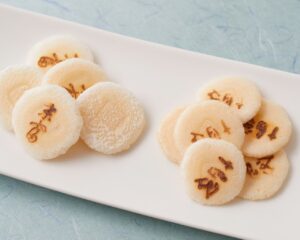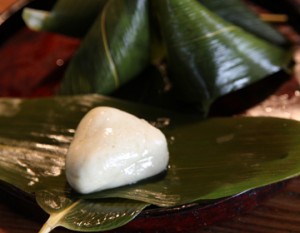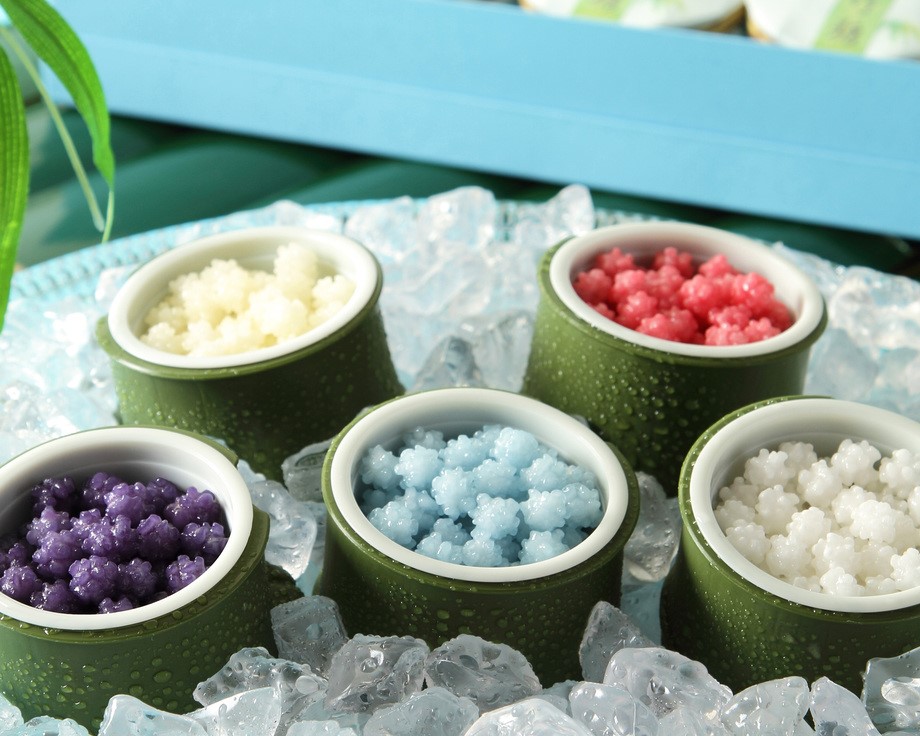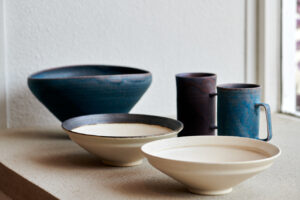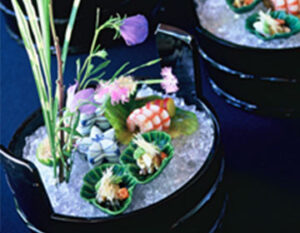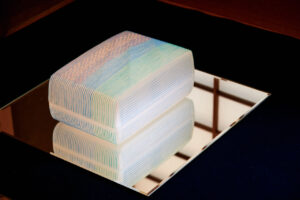In confectionery making, it is believed that if ingredients are added to sugar, it will not harden.
Until now, kompeito sugar has only been available in sugar flavors, even though it is colorful and beautiful.
However, after much research, Midori-juan Shimizu overturned this conventional wisdom and succeeded in creating kompeito with a variety of flavors.
Today, the company produces and sells approximately 90 varieties of kompeito.
The immensely popular kompeito of Midorokujuan Shimizu
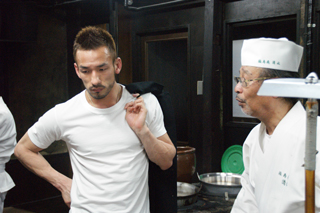
It is said that kompeito came to Japan in 1549 during the Warring States period. It is said to have been one of the Nanban confections, along with sponge cakes, that were introduced to Japan, and was especially beautiful and very popular among the Nanban confections. However, it is said that the manufacturing process of kompeito was not introduced to Japan, and it was not until the Edo period (1603-1867) that kompeito was produced and became known among the general populace. The store we visited this time, ” Midori-juan Shimizu, ” is the only store in Japan specializing in kompeito. One of the reasons why this is the only shop in Japan that specializes in kompeito is that making kompeito requires a lot of patience and skill. The core of kompeito is made from finely crushed glutinous rice called ira flour, and sugar is poured over the core and allowed to dry. This simple process must be continued for more than two weeks for each type.
Realizing new flavors and a wide variety of menu items

There is no recipe for making kompeito, and it takes 20 years to master the technique of producing the sugars. The craftsman must constantly watch the kompeito and adjust the speed and angle of the kettle’s rotation, the density of the sugar, and other factors, never leaving his side even for a moment. Furthermore, in confectionery making, it is believed that if ingredients are added to sugar, it will not harden, and until now kompeito sugar has only been colored and sugar flavored. Therefore, even if it looked beautiful, it tasted nothing more than “hardened sugar.
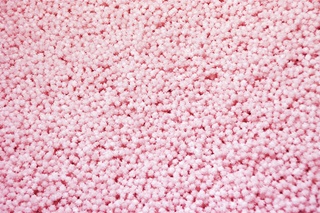
The company now sells about 50 varieties of kompeito, including chocolate, brandy, and plum wine. Kompeito sugar was brought to Japan from the southern barbarians during the Warring States period (1467-1568) and became a luxury confectionery in the Edo period (1603-1868). I wonder how the European market, the original home of kompeito, would view today’s kompeito as a “traditional Japanese confectionery. I am sure they would be surprised to know that they have never seen such a delicious kompeito.

While preserving the tradition that has been handed down from one generation to the next for nearly 200 years since the Edo period, we never forget to challenge ourselves and pursue “kompeito that can be tasted only at Midori-juan Shimizu. We hope you will enjoy the authentic taste, color, and shape!
